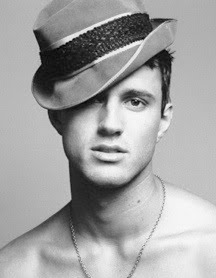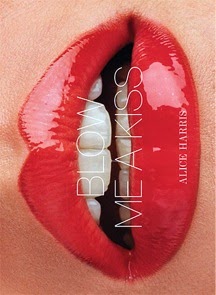
Roberto Sacal is the creative force behind the Bracaletti collection of fine leather goods and jewelry, but he (along with his team, Shawn B, David A, Rafael A, Guillermo A. and Charles G.), are also caretakers of a legacy that stretches back decades and spans generations. Bracaletti "was the name of my father's jewelry store when he was 27," says Sacal. "It was meant to be a pronounceable portmanteau of the Italian words for "bracelet" and "cuff links" – bracialetto and gemelli." In fact, I first met Sacal, in New York, at his debut presentation of what’s come to be a signature collection of exactly those items, bracelets and cuff links (plus a spectacularly handsome money clip). I also learned that Sacal's Mexico City factory is home to an extended family of artisans, some with links to an older brand known as Casa Aries, which Roberto's father, Rafael, once owned and helped make world-famous. At its peak, Casa Aries was known for luxurious leather backgammon sets (the Kennedys owned one) but, by the first decade of the 21st century, its scope had been reduced to the manufacture of office products. At which point, Roberto stepped in, and picked up where his father left off.
Despite his pedigree, the younger Sacal hadn't planned on designing accessories. True, he spent much of his childhood running around his father's factory; but when it came time to choose a career, he majored in political science at the University of Texas at San Antonio and parlayed his passion for technology into a career at Apple Computers. Then, in 2012, a new idea took hold, as Rob sought more creative forms of self expression. In partnership with Shawn B. (his neighbor at the time) and the Mexico City factory team, he founded Bracaletti and – working late nights and early mornings in his spare time – designed the silver cuff links and bracelets, made in New York, that still form the core of the collection. "I wanted my business to pay homage to my dad's," he says. But this concept quickly morphed into something grander, based on Rob's observation of the marketplace. "Women have more adventurous taste than men," he says, explaining his expansion into handbags, clutches and other small leather goods (in addition to the fine men’s belts and other accessories he was already producing). “If I'm going to pour my heart and soul into something, I want to do it in the most powerful arenas.” This meant turning to his factory's team of artisans – and going back to his roots.
Today, the Mexico City atelier is still the heart and soul of the company. Rob works with his craftsmen to develop three stages of prototypes for every design, and he relies on their knowledge and expertise to help him realize each element, including all of the brand's signature hardware. This “ah-hah” quality of uniqueness – of recognizability – is important to Sacal: his favorite childhood memory is of visiting the Houston Galleria with his father, and spotting a woman carrying a handbag designed by his dad. “At Bracaletti, I’m CEO, designer, bookkeeper, accountant and importer," Rob explains. "This company is my full-time hobby, and it's something that I love doing. I'm happy selling my designs to family, friends and anyone else who truly appreciates them." Rob pauses, as his thoughts shift away from his musings to the business at hand. "I never want that to change. When you divide things up too much – become too big – you lose the soul of the company." I suspect there’s no danger of that ever happening: in the years I’ve known Rob, I’ve seen his collection expand in ways that can only be described a organic, with one product giving rise to the next. Meanwhile, thanks to Sacal’s perfectionism, Bracaletti remains an insider's secret, passed from one connoisseur to another. Consider this your invitation to join the club.
Photographs by Noël Sutherland.

























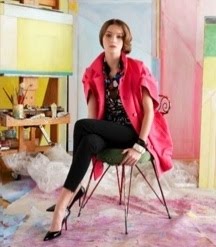
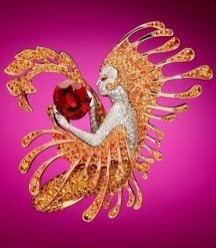






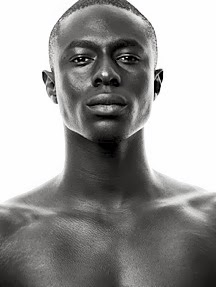










.jpg)

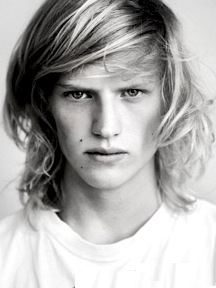.jpg)

.jpg)
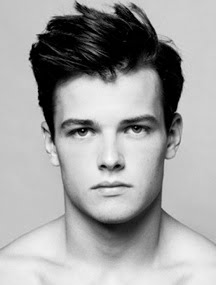
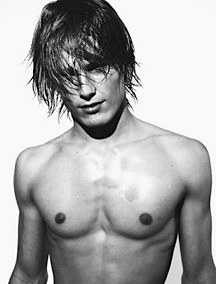
.jpg)
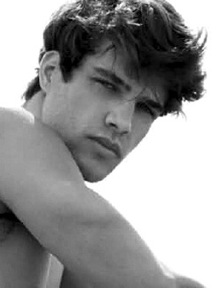



.jpg)
